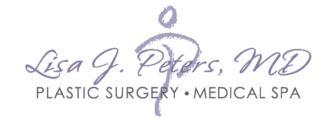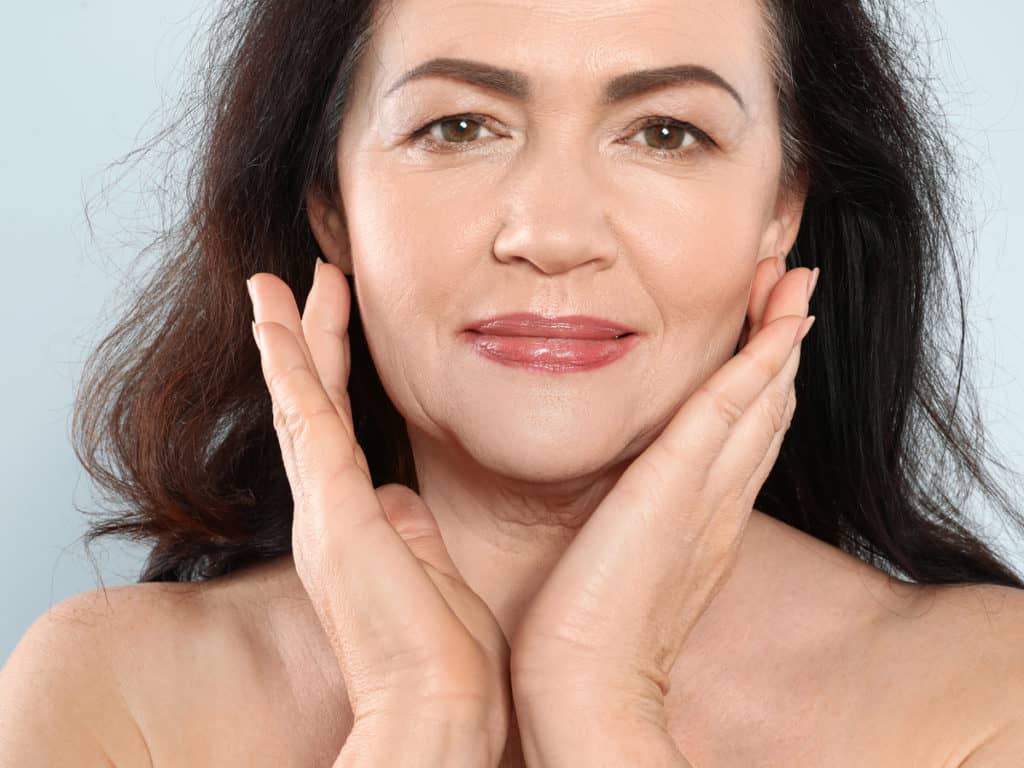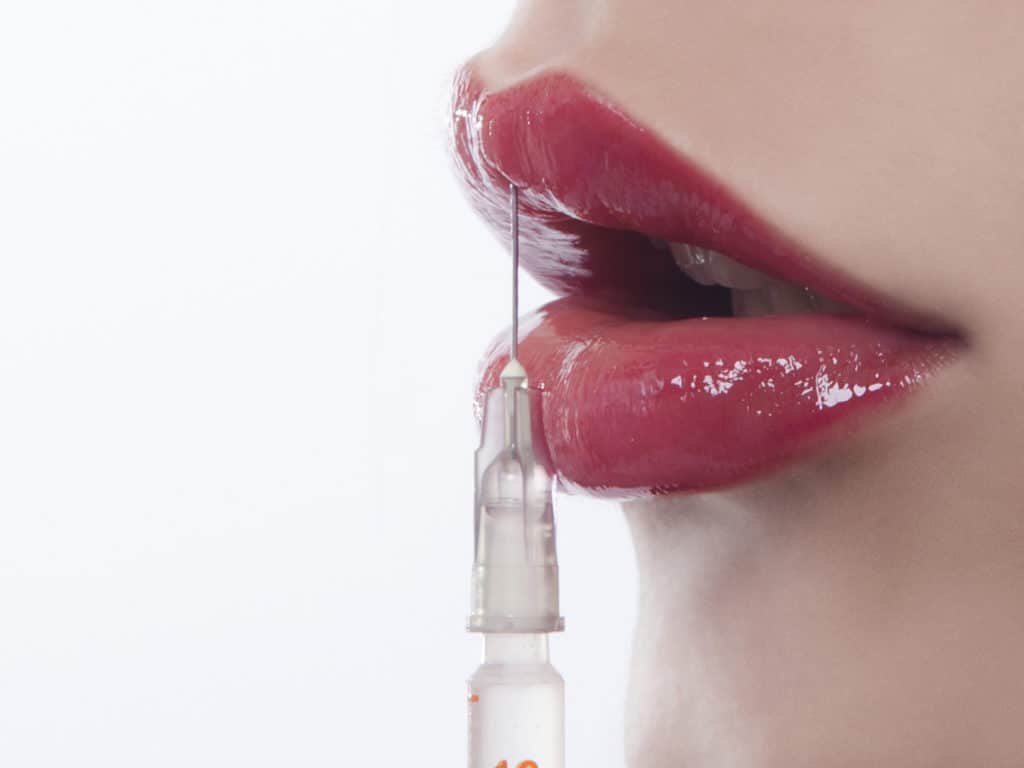Hopefully you’ve read my previous blog about healthy skin and anti-aging to keep your skin looking its best. If not, you can find it here
Let’s just say you haven’t been so kind to your skin to this point, your tanning days have led to brown spots, or age has just done what it tends to do and you’ve got wrinkles you didn’t have a few years ago. All is not lost and there are options to regain some of that youthful glow.
First, let’s talk about why a face starts to look older. There are 4 reasons:
- Gravity – things move south as we age (I’m sure this isn’t shocking to anyone.)
- Loss of facial volume – We all lose fat in our faces as we age. This is the one part of our body in which that a little more fat is usually a good thing.
- Overactive facial muscles – think frown lines, forehead wrinkles, and crow’s feet
- Changes in the quality of the skin – this is where we’re going to concentrate today
When we’re young, our skin is thick, elastic, and relatively uniform in color. As we age, our skin becomes thinner, loses collagen, has less elasticity, replenishes itself less often, and frequently develops uneven pigmentation. What we see as a result of these changes are dullness, fine lines, and brown patches aptly named “age spots.” Depending on the severity of the issue and the enthusiasm you have to make improvements, there are several options.
Skin Care
I can’t stress it enough. If you’re going to do anything to make improvements in your skin, you should start with a healthy skin care routine. Even if you’re going to pursue one of the other options as well, protect your skin from further damage and protect the investment you’ve made in your appearance.
Chemical Peels
There are many chemical peel options available to improve the appearance of the skin. They vary widely from over-the-counter peels to very aggressive medical-grade peels that completely remove the top layers of the skin. Obviously, the more aggressive the peel, the more dramatic the skin changes and the higher the risk of complications. Most patients aren’t willing to have an aggressive chemical peel that leaves their skin raw for a couple weeks and prone to scarring and permanent hyperpigmentation (too dark) or hypopigmentation (too light). There are several medical-grade peels that can make improvements in the brightness and texture of the skin while also softening the areas of hyperpigmentation. Fortunately these can also be done with little or no down time, which is obviously a plus
Microneedling
Microneedling is a minimally invasive procedure in which tiny needles are used to puncture the skin, creating thousands of microchannels or tiny holes through the skins surface. While this sounds like it could be painful, topical anesthetic is applied prior to the procedure and most patients experience little to no discomfort (some describe it as feeling like microdermabrasion). As the microchannels heal, elastin and collagen production is promoted, minimizing the appearance of acne scars, surgical scars, stretch marks and fine lines and wrinkles! Microneedling is commonly used to treat the face but can be used on all parts of the body!
Microneedling is safe for all skin types and typically requires between 3-6 treatments spaced 4 weeks apart for optimal results
Dermabrasion
Essentially this is using a mechanical force to rub off the top layers of the skin. Just like there is a range of chemical peels, there are also different options for dermabrasion in terms of how aggressive it is. Most people have heard of microdermabrasion, which is similar to a light chemical peel in terms of discomfort, recovery, and result. The more aggressive dermabrasion can achieve similar results to aggressive chemical peels, but can be less precise as the depth of the damage to the skin is highly dependent on the skill of the provider and the thickness of the skin being treated. Most doctors prefer the use of chemicals or lasers for more precision when more aggressive treatment is warranted.
Laser Treatments
Just like there are many different options for chemical peels, there are multiple lasers to treat a variety of skin conditions as well. No single laser will treat all skin-related issues. Technically a laser is a device that emits a single wavelength of light. Depending on the wavelength of light emitted, a specific type, color, or depth of tissue is targeted to achieve the desired effect. A similar technology is IPL (Intense Pulsed Light) that also uses light to target tissues and/or colors. IPL is not technically a laser, as it uses more than one wavelength of light, but the concept of using light to improve the skin is the same, so it’s just easier to call it a laser for simplicity’s sake. BBL (Broad Band Light) is just a brand of IPL but there are several IPL brands available that have essentially the same function.
IPL is a great option for patients to make improvements in brown spots and red spots like facial veins. One recent research study found that patients who had annual maintenance treatment with IPL showed no signs of further skin aging over a period of 9 years! Though outside the topic of this blog, IPL is also used for “laser” hair removal.
Skin resurfacing lasers use light energy to make improvements in the skin texture, elasticity, and fine lines and can even be used to improve the appearance of scars. Some lasers are “ablative,” which means that they aggressively remove the top layers of the skin and in so doing essentially create a burn. Just like aggressive chemical peels, they have a significant recovery and higher risks but smooth the skin better than less aggressive options. “Non-ablative” lasers create heat in the bottom layers of the skin to build collagen but without damaging the surface of the skin, so there is no surface burn and much less downtime with typically just a little redness and swelling.
For people with several different concerns (for example brown spots and wrinkles), a combination treatment using different types of laser technology can be designed to meet the needs of the individual patient. Regardless of the technology used to make improvements in the skin, maintenance is important, as none of us are getting any younger! With a good skin care routine and one or more of the strategies outlined above, however, we can turn back the clock a bit and be happier in our skin.
Let us help you determine the best approach to turning back the clock on your skin!
If you are interested in scheduling your consultation with Dr. Peters, please call us at 708-524-1400 or fill out our contact form today.



